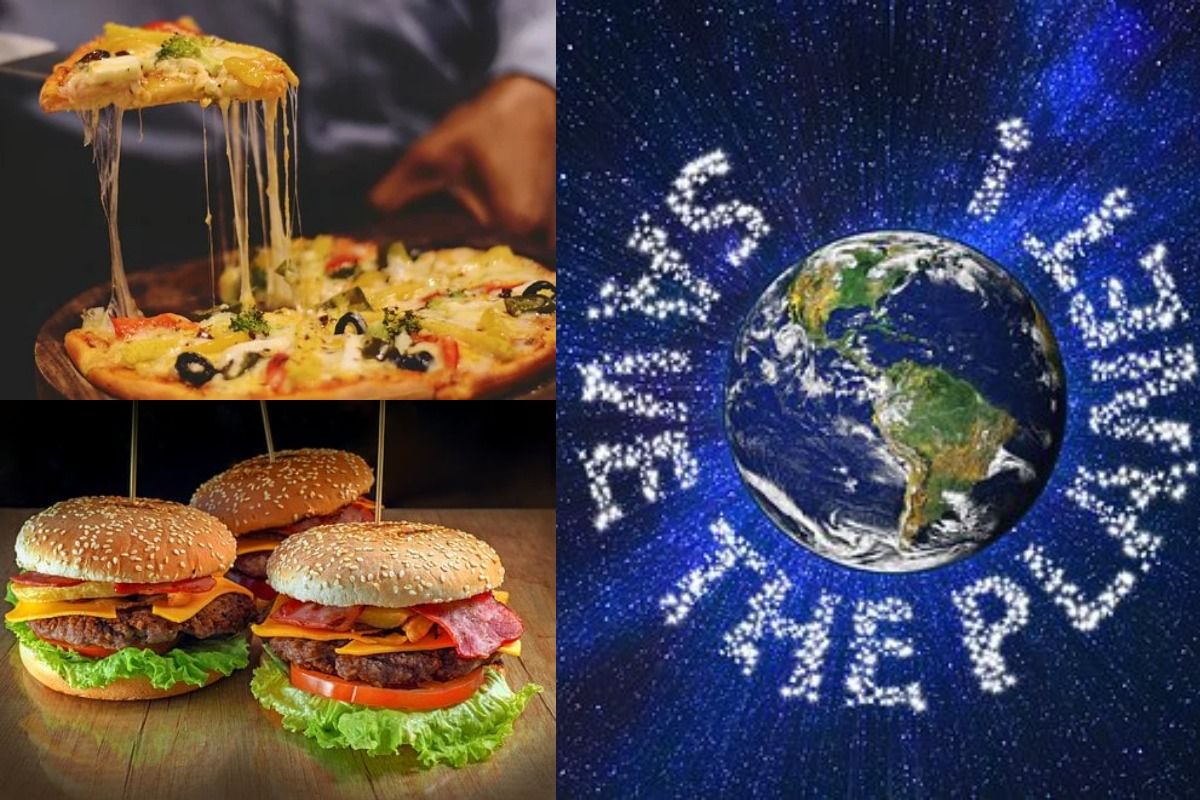
Do you need a new excuse to eat less ‘junk’ food? Aside from the obvious health advantages. Junk foods account for a large percentage of food-related environmental consequences. Although the concept of sustainable diets is gaining popularity, the debate and proposed policies have not fully addressed the proliferation of junk food products that deplete scarce resources to provide empty calories.Also Read – 6 Important Habits That Can Keep TB at Bay During COVID-19 Times
Australian and New Zealand households eat more discretionary and junk foods than recommended by dietary guidelines, contributing to food-related greenhouse gas emissions (GHGe) and other environmental impacts.
University of South Australia (UniSA) dietitian Sara Forbes, who led a review examining 20 studies on the environmental impacts of food consumption in both countries, said the findings highlighted the need for more sustainable dietary choices. Also Read – Can an Unhealthy Lifestyle Lead to Cancer? Adopt These 5 Health Mantras
According to a Federal Government report released in 2020, Australia emitted an estimated 510 metric tonnes of carbon dioxide, with food-related emissions accounting for 14.2 percent of this total. The report found that the average Australian produces the equivalent of 19.7kg of carbon dioxide each day via their diets. Also Read – Can Facial Massage And Skin Rejuvenation Go Hand-in-Hand? Here’s What we Know
Another report from 2017 found that food waste comprised approximately six percent of Australia’s GHGe, considering the water, energy, and pesticides used in food production and packaging that ended up in landfills, where it released even more methane as it decomposed.
Unlike New Zealand, current Australian Dietary Guidelines (ADG) do not consider environmental impacts of food and need to be updated, researchers said.
The existing ADG recommended daily servings of ‘core’ foods like these every day:
- Fruit and Vegetables
- Grains
- Lean meats
- Fish
- Eggs
- Nuts
- Seeds
- Legumes
- Milk
- Cheese
- Yogurt
These core foods are estimated to contribute between 67-73 percent of total food-related GHGe in Australia, with meat, grains, and dairy contributing the most emissions. Fruit and vegetables are two of the lowest contributors.
Non-core or ‘discretionary’ foods include sugar-sweetened drinks, alcohol, confectionery, and processed meats, accounting for between 27-33 percent of food-related GHGe. While the percentage is lower than core food emissions, the fact that Australians are consuming large amounts of avoidable energy-rich, nutrient-poor foods is not helping the environment.
In New Zealand, the highest greenhouse gas emitters are meat, seafood, and eggs (35 percent), followed by highly processed foods such as pastries and ice cream (34 percent).
Other studies examined the environmental impacts of water use in food production. Australian irrigators soaked up eight million megalitres of water each year to grow crops, but the majority are exported, making it difficult to accurately reflect the nation’s water footprint.
The researchers assessed 20 articles in their study, published in the past decade, with varying findings. Despite the differences, clear trends emerged.
“Discretionary foods have higher cropland, water scarcity, and Ecological Footprint. Meat also emits greenhouse gases, although its water scarcity footprint is lower compared to dairy products, cereals, grains, fruit, and vegetables,” Forbes said.
“It is time we better acknowledged the environmental impacts of the type and amount of food we eat, considering the planet as well as our health. By 2050, the world’s population is projected to reach 10 billion people. There is no way we can feed that amount of people unless we change the way we eat and produce food,” Forbes added.
Worldwide, food consumption and production account for one-quarter of total global emissions. Half of the world’s habitable land is used for agriculture which has led to a 60 percent biodiversity loss. Furthermore, an estimated two-thirds of the world’s fresh water is used for irrigation.
(With inputs from ANI)
Stay connected with us on social media platform for instant update click here to join our Twitter, & Facebook
We are now on Telegram. Click here to join our channel (@TechiUpdate) and stay updated with the latest Technology headlines.
For all the latest Lifestyle News Click Here
